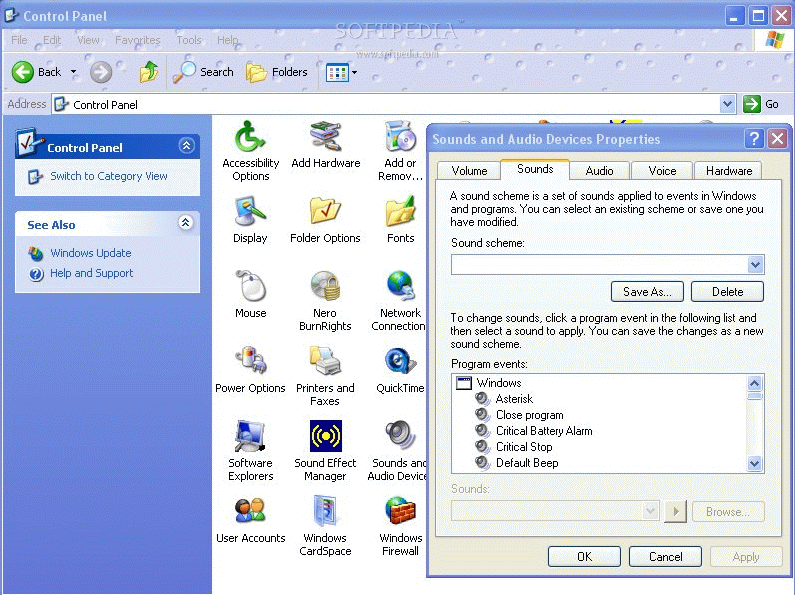


Open “Control Panel” – “Sound” on the guest and the host machine.Browse to the Windows “device manager” on the guest operating system and update the drivers of your audio card.ĭriver location: C:\Extract\VMware\VMware Tools\VMware\Drivers\audio\Vista.exe file (we extract to C:\Extract in this example).Įxecute the following command via cmd.exe:

zip package and then extract the audio drivers from the. Download the VMware Tools for Windows, 64-bit in-guest installer 11.2.5.Thrid, modify your VMX file and add some tweaks.Second, make sure the virtual system and the host system use the same audio settings (2-channel, 16bit, 48khz (DVD-quality).First, install the vmWare audio drivers.Finally and after many tests, i found a way to bring this constellation to a stable behaviour. Some of them: Audio delay, crackling, noises and latency. I experienced different Audio issues within the virtual Windows 10 machine if i connect a headset to my physical machine. I’m pretty sure those informations in this article also applies to other vmWare platforms as ESXi as well. I’m using Microsoft Teams and other audio related applications on a virtual Windows 10 machine running within vmWare Workstation player, also on Windows 10.


 0 kommentar(er)
0 kommentar(er)
